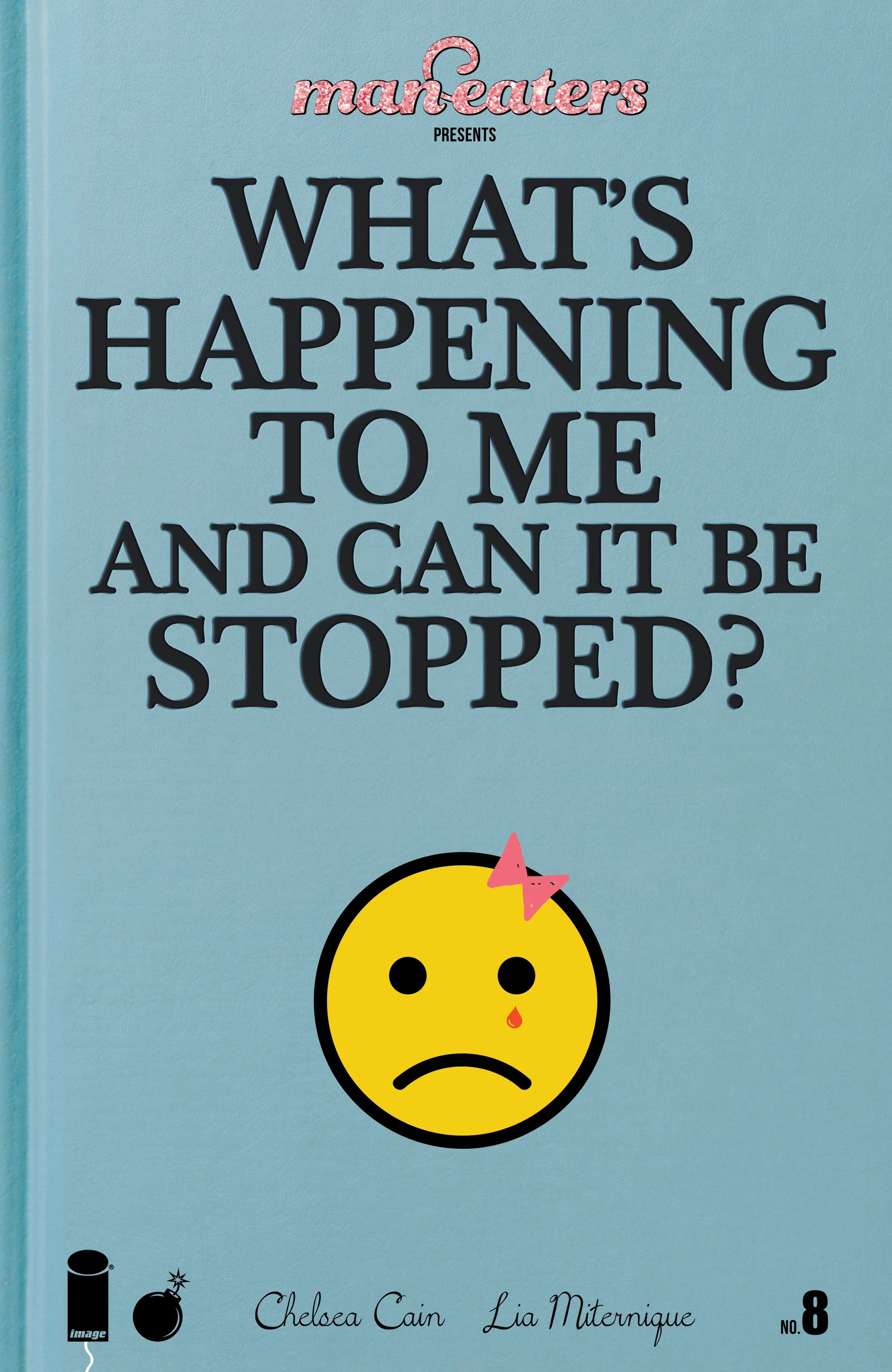The Warning #6 // Review
Those defending the earth from unearthly invaders switch to disaster/survival mode as writer/artist Edward Laroche’s The Warning reaches its sixth issue. Colors are handled by Brad Simpson. A serial that has recently started to edge over into traditional alien invasion territory begins to drift back in the direction of something truly novel as the military responds to the initial wave which has hit California. The truly monumental scale of the action feels every bit as overwhelming as it should in another largely satisfying issue of Laroche’s paranormal horror military drama.
As the issue opens, it’s been 15 minutes since the 112th air division was destroyed by the invaders. Troops patrol the damage in West L.A. finding remnants of the strange craft that have landed. Huge monolithic structures set down on the road. They might be organic in composition. One of those investigating reports that their surfaces feel, “like warm meat.” They don’t have long to investigate. West L.A. has become a very, very dangerous place. Surviving civilians have experienced something truly horrifying. The invasion has come, but the danger is only beginning.
Once again, Laroche’s writing seems to be gliding into a very unique kind of hell. There’s that unique blend of military procedure, horror and action that keeps the pace moving along from one page to the next. The moodiness of the action feels firmly grounded in a rich darkness. The heroes have no idea what they’re up against and neither do the readers. Laroche deftly avoids hackneyed, time-honored traditions of alien invasion horror. It’s a genre that’s been around for as long as sci-fi. With a finely-detailed respect for modern military procedure, Laroche able to frame the action squarely on the front line of first contact with hostile forces from another world.
Laroche’s visual realization of the story feels like a very smart blending of light, shadow, stillness and motion. Laroche has a really effectively diverse arsenal of approaches to the action. There are still moments between explosive moments of action. There are blindingly fast moments of action that shoot across the page. There are very, very still moments of overwhelming action as well. There are a solid five pages near the end of the issue with no dialogue at all. Usually this has the effect of unilaterally speeding-up the rhythm of the issue, but Laroche actually managed to manipulate the speed of the story in and within those five issues even in the total absence of any text. Those five pages show a great deal of mastery of the fundamentals of sequential art.
Laroche is telling a story that in no way is extending itself directly at the reader. Typically by the sixth issue in a series like this, there would be a dizzying number of plot points and a nauseating amount of backstory hardwired into the narrative. Laroche sidesteps this in favor of a very visceral action disaster story that continues to build intensity half a year into its run.










